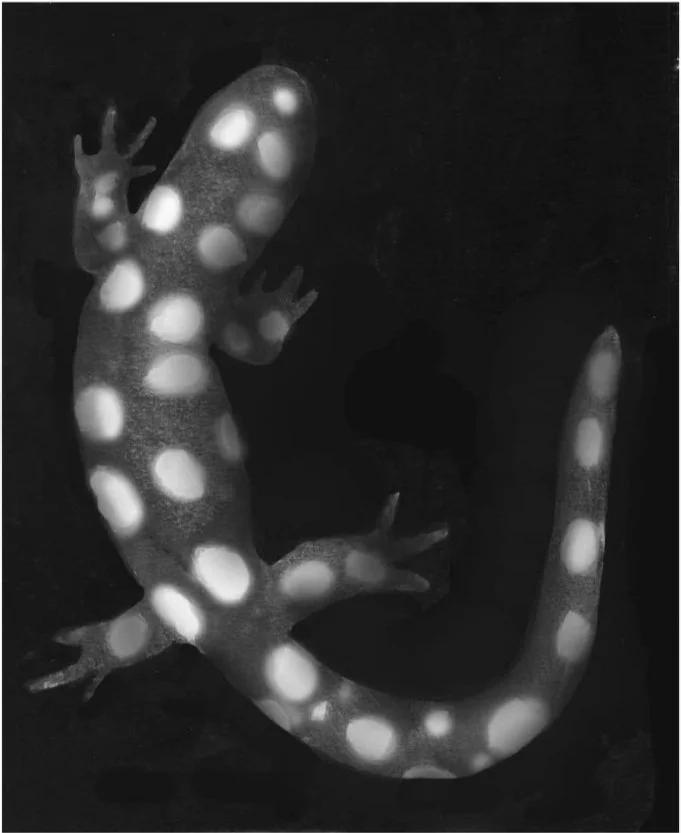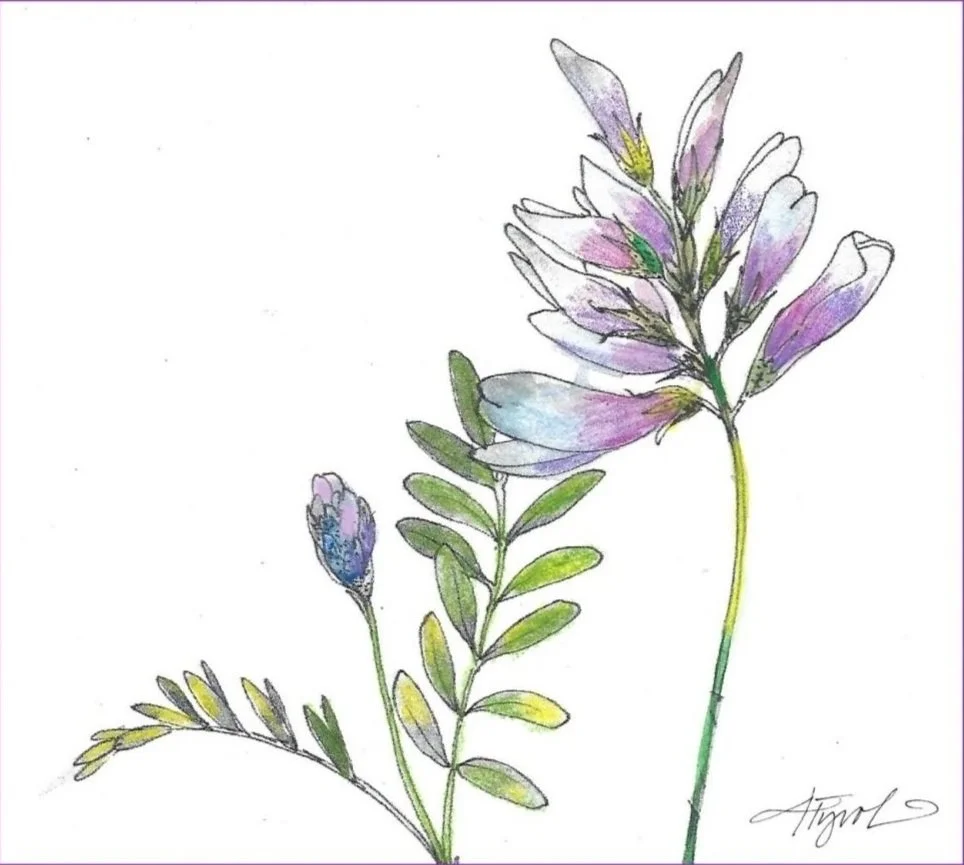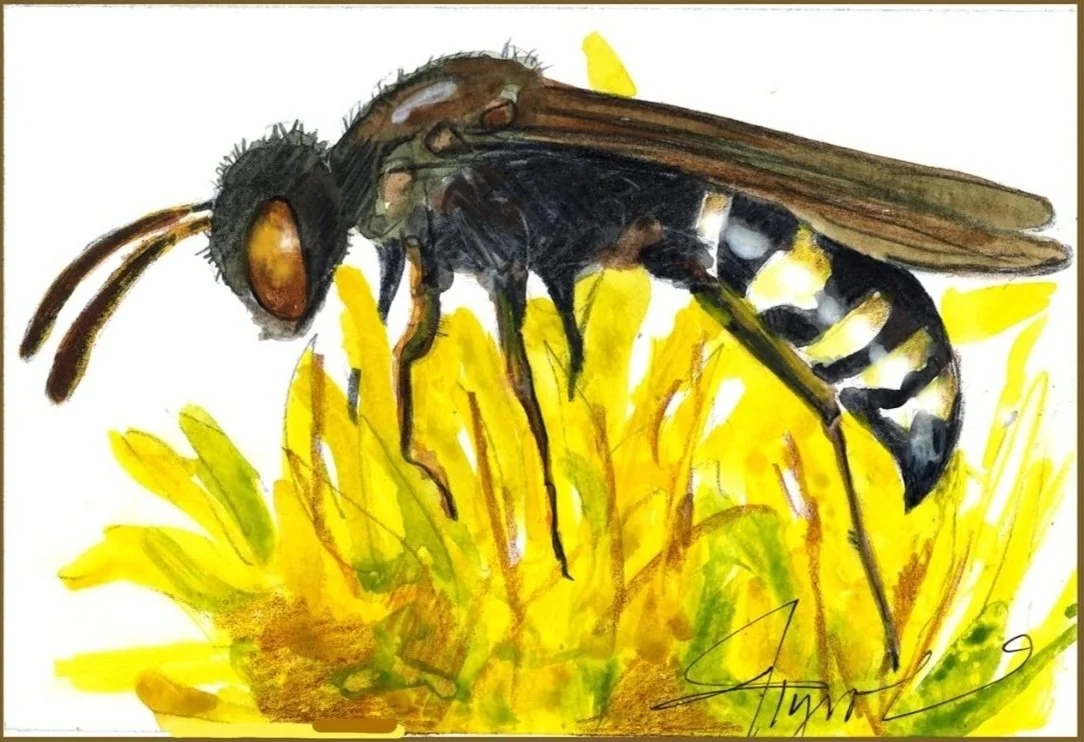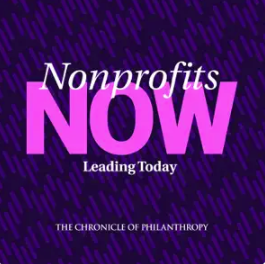Nature & Ecology
-
![]()
'Billion Oyster Project' Works to Replace Reefs
Billion Oyster Project is working to engage 1 million New Yorkers in an ambitious goal: to re-establish oyster reefs in New York Harbor. The nonprofit aims to introduce 1 billion oysters by 2035, enough to filter all the water in the harbor every three days. Thus far, Billion Oyster Project has returned 122 million oysters to New York City’s waters. It plans to add another 84 million this year.
-
![]()
Vernal Pools: a Nursery for Amphibians and a Buffet for Predators
While invertebrates and amphibians that use vernal pools do not have to contend with fish, they do face the threat of many other predators. “Anything will eat a little baby salamander,” said Kevin Tolan, staff biologist at the Vermont Center for Ecostudies. Raccoons, minks, and skunks will happily snack on egg masses. Tolan has even seen pet dogs chowing down on amphibian eggs.
(For Northern Woodlands)
-
![]()
Ravens Foraging in Winter
A raven’s intellect is essential in winter when insects, bird eggs, berries, and other desirable foods are scarce. Ravens must be dogged in pursuit of the calories they need to make it to spring. Carcasses, including those of animals killed by cars, illness, or injury, are prized resources in winter. The trouble is, there’s no telling where a raven may come across a carcass, and odds are it could be in another raven’s territory.
(For Northern Woodlands)
-
![]()
Jesup’s Milk-Vetch: A Rare Beauty
A few ledges along the Connecticut River are home to a rare plant commonly known as Jesup’s milk-vetch (Astragalus robbinsii var. jesupii). In fact, this species, which has been listed as federally endangered since 1987, only grows at six sites along a 16-mile stretch of the river in New Hampshire and Vermont. But conservationists are working to boost the plant’s presence.
(For Northern Woodlands)
-
![]()
More Than a Nest: Squirrel Dreys
In the starkness of winter, squirrel dreys reveal themselves in the tree canopy. They’ve been there all along — just screened by trees’ leafy crowns for much of the year. Dreys are shaggy masses of leaves nestled against a tree trunk or cupped in a fork of branches 20 to 40 feet above the ground. Squirrels not only rear their kits in them but also use them as shelter during many months of the year.
(For Northern Woodlands)
-
![]()
Late Blooming Flowers Feed Native Bees
As the height-of-summer floral abundance fades, goldenrods and asters fill the landscape with hits of yellow, purple, pink, and white. Beyond the beauty they provide, these late bloomers are a critical food source for several native species of wild bees.
(For Northern Woodlands)
-
![]()
Reconnecting With Nature in the Heart of D.C.
Concerns about the rise of “karoshi” — which means “death from overwork” — as well as high rates of suicide and an increasingly urban population led Japanese researchers back to the connection with nature that has been prominent throughout their country’s culture and history.
With its abundance of public parks and stretches of forests, D.C. is an ideal place to try to bridge the gap between the stress of city life and the expansiveness of nature.
(For 730DC)
Nonprofits
-
![]()
Nonprofits Step Up to Bolster Covid-19 Vaccination Efforts
International aid groups, social service organizations, advocacy nonprofits and others are all doing what they can to ensure vaccines get to people of color, the homeless, and other people in need.
(For the Associated Press)
-
![]()
Nonprofit Puts Life-Saving Surgeries in Reach for Women
The Fistula Foundation makes grants to hospitals in 26 countries to fund surgeries and recovery care for a condition caused by obstructed, often dayslong labor during childbirth.
-
![]()
Nonprofits Help the Nonreligious Search for Meaning in Their Lives
Organizations are offering the spiritual care and community that many once found in religion. “This group feels like my church,” one participant said.
-
![]()
Farm Offers Jobs, Produce, and Hope
“Gardening is always such a hopeful act,” says Lisa Bagwell, manager of Kula Urban Farm, a project of the social-services nonprofit Interfaith Neighbors, which serves Monmouth County, N.J. Sprawling across formerly abandoned lots in Asbury Park, the farm offers a jobs program, educational opportunities, and free produce to the local community.
-
![]()
Robust Stock Market Fueled More Giving to Colleges Through Mid-2022
Colleges and universities saw the biggest growth in giving since 2000 — 4.7 percent — raising nearly $60 billion from organizations and individuals during the 2022 financial year.
-
![]()
Incarcerated Men Turn to Giving to Redefine Themselves
Philanthropy creates an outlet for a group of men serving life and long-term sentences to help restore their relationship with society.
-
![]()
Drop in Giving From 2021 to ’22 Was Among the Steepest Ever, ‘Giving USA’ Found
International aid was the only cause that raised enough to beat inflation, as individual donors contributed 13 percent less than 2021.
Leadership & Workplace Issues
-
![]()
Nonprofits Now: Leading Today
Nonprofit leaders are overworked, struggling to retain top talent, and facing budgetary shortfalls. In Nonprofits Now: Leading Today — the flagship podcast of the Chronicle of Philanthropy — host and Chronicle CEO Stacy Palmer interviews innovative leaders who have developed smart solutions to common, tough challenges.
-
![]()
Burnout, Understaffing Hurt Fundraising, Chronicle Survey Finds
To solve the problem, some groups are offering bonuses, giving fundraisers more decision-making power, and more.
-
![]()
How Fundraisers Can Get Off the Road to Exhaustion and Burnout
Unfamiliarity with the physical signs of stress and burnout can prevent fundraisers from taking the breaks they need to recover.
-
![]()
Burnout Plagues Nonprofits, With Bad Effects for Mission. Sabbaticals May Help.
Sanctioned time off (with pay) has been growing among nonprofits and could help stop turnover and improve effectiveness.
-
![]()
How Leaders Can Help Fundraisers Avoid Burnout
Nonprofit managers should check in with fundraisers early and often and show appreciation for their achievements.


















